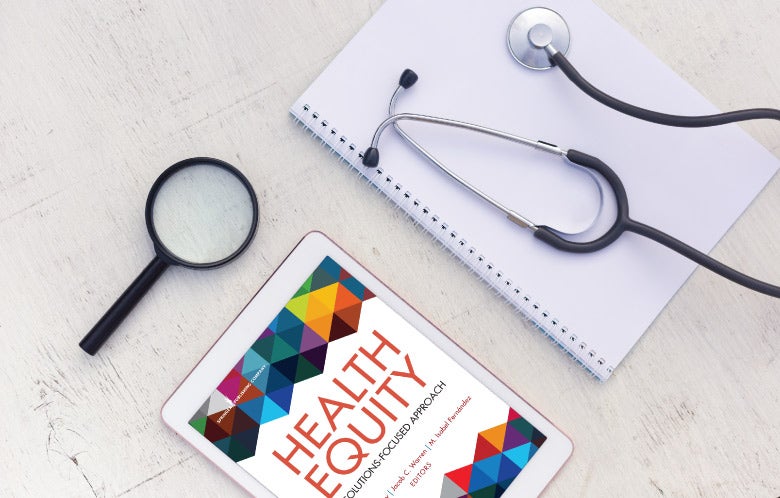EDITOR’s NOTE: Updates to this article reflect that there are now 26 states that have taken steps to restrict or ban abortion access in the United States. Since publication, a recent Viewpoint in the November 1 issue of JAMA highlights how the provision of evidence-based emergency care is an area of growing concern, with uncertainty about the legalities among clinicians about providing necessary and time-sensitive care to pregnant persons with life-threatening conditions such as sepsis, hypertensive disorders of pregnancy before fetal viability, and obstetric hemorrhage before fetal viability.
Control over abortion rights has been returned to the states in the United States. At present, more than 26 states have moved to restrict or ban abortion access. These restrictions can have important implications for maternal morbidity and mortality. Knowing the facts surrounding these issues can offer some clarity to both patients and clinicians when making important decisions about pregnancy, especially in a changing landscape.
Awareness of the evidence allows clinicians to care for their patients in ways that promote maternal health and wellbeing. Here are some important facts about abortion care and maternal health outcomes that may help you provide patients with accurate, objective information and appropriate resources:
- Unintended pregnancies make up about half of the 208 million pregnancies each year worldwide, and about 40-50 percent of unintended pregnancies end in abortion. That comes out to about 40 million pregnancies that end in abortion each year worldwide.
- Unsafe abortion is a leading cause of maternal morbidity and mortality, despite being mostly preventable. Rates and reporting vary by region, but estimates show that unsafe abortions make up 13 percent of maternal deaths globally, and up to 50 percent of maternal deaths in sub-Saharan Africa.
- The rate of death from unsafe abortion is reported to be at least 13 percent, and may be higher due to difficulties in accurate data collection and underreporting.
- By contrast, the overall rate of death from safe medical or surgical abortion is 0.0006 percent, the same as the rate of death associated with taking penicillin.
- Where access to safe abortion care is restricted, rates of self-induced abortion and use of home remedies to achieve abortion are higher. Methods of self-induced abortion can include ingestion of liquids like bleach or turpentine, substances such as pennyroyal, black cohosh, mugwort, parsley, vitamin C, caffeine, and overdoses of prescription medications, all of which can have harmful effects on pregnant patients.
- Among the most dangerous methods of self-induced abortion are physical methods, such as insertion of a solid object like a stick or catheter into the uterus. Complications caused by this kind of trauma include incomplete abortion, hemorrhage, infection, uterine perforation, and damage to the genital tract and internal organs.
- Patients may be hesitant to report an attempted self-induced abortion due to fear of prosecution in places where access to abortion care is restricted, so it’s important to keep this on the differential when sick patients present.
- Rates of unintended pregnancy, unsafe abortions, and maternal mortality are disproportionately higher among people with limited income and fewer resources and among persons of color.
- Many of the health centers that provide abortion care also provide other reproductive health services, contraceptive counseling, family planning, and gynecologic care. Many of these facilities offer services to people who would not otherwise have access to this type of care. In regions where access to abortion care is, or may become, restricted, it is important to help patients find the care they need elsewhere.
- Click here for an updated state-by-state guide to abortion laws and resources.
The DynaMed editorial team will continue to share and explore recently published studies related to maternal health outcomes in the EBSCO Health Notes blog. Subscribe to the blog to learn more.
In the meantime, you can turn to DynaMed for potentially practice-changing information and the best evidence-based guidance pertaining to pregnancy and abortion care.
Disclaimer: The views and opinions expressed in this blog post are solely those of the authors and other DynaMed contributors. They do not necessarily reflect the views or policies of EBSCO Industries.


